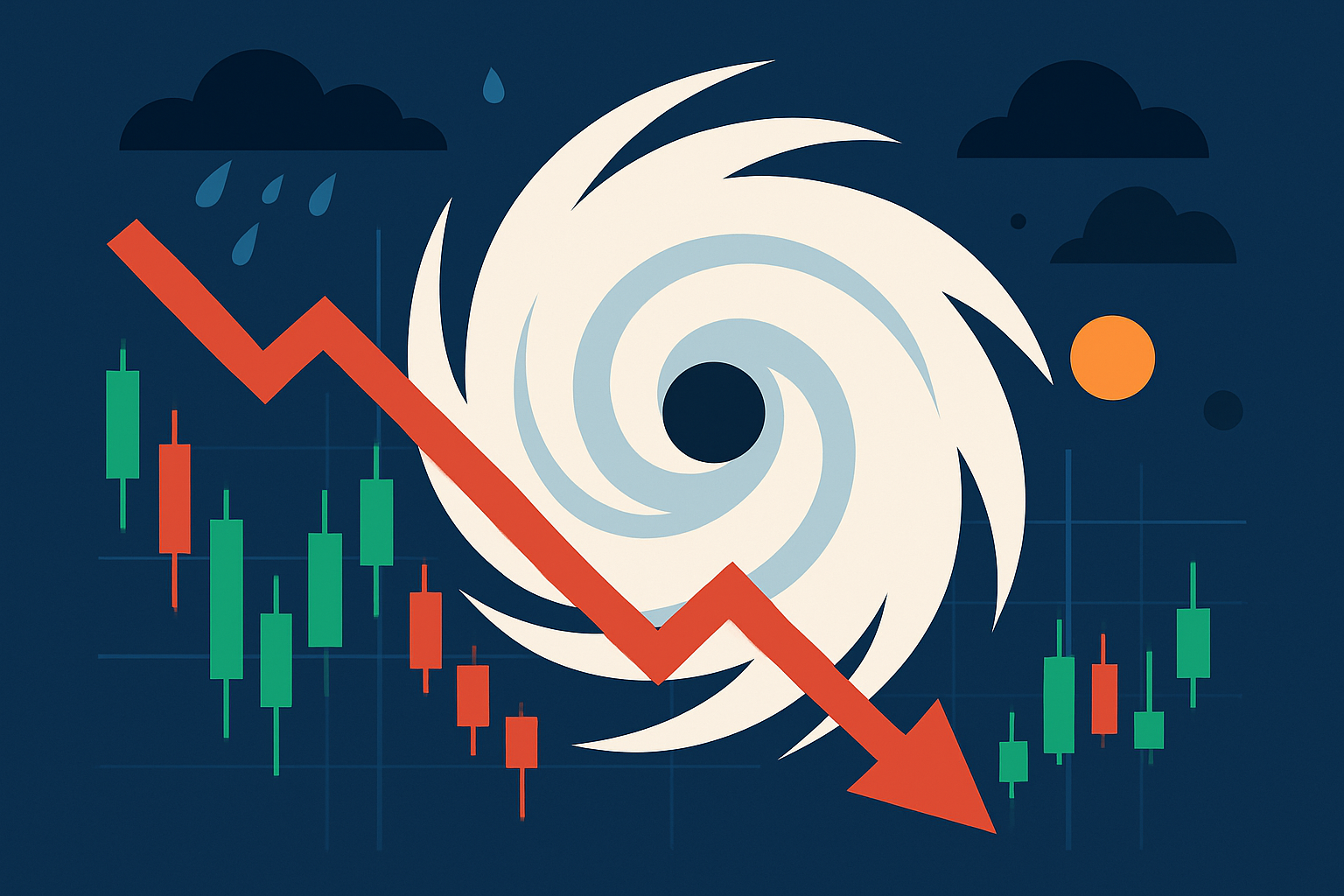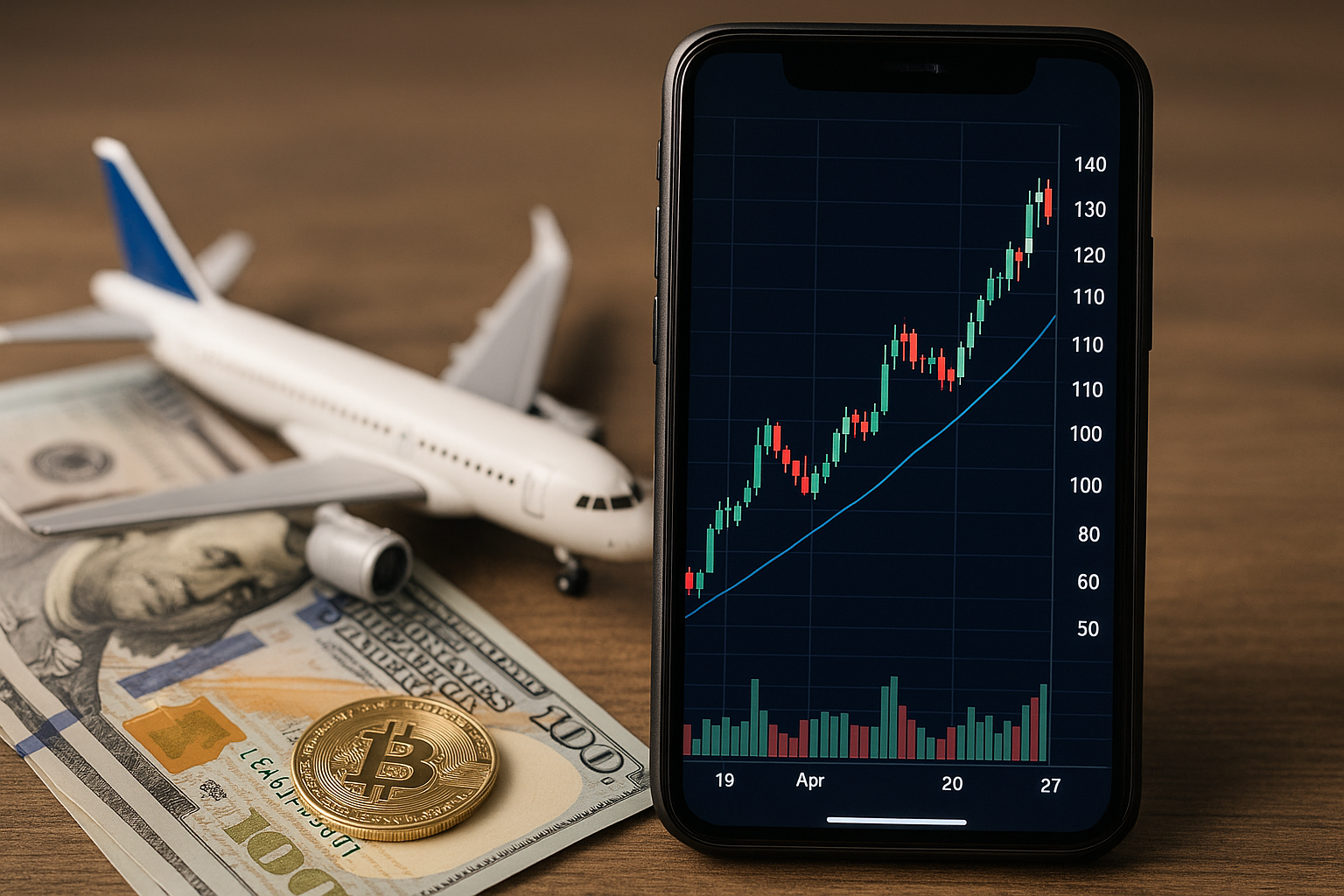August and September are notorious for unsettling the markets. This year, the arrival of peak Atlantic hurricane season coincides with stretched valuations, frothy sentiment, and historically weak late-summer trading patterns—setting the stage for turbulence that could challenge even the most seasoned investors.
Why This Matters for Investors
The Wall Street Journal recently described the present environment as “hurricane season for stocks,” pointing not only to literal weather risks but also to an economic climate ripe for sudden market squalls. Data from the National Oceanic and Atmospheric Administration (NOAA) shows 2025’s hurricane activity forecast running above average, with the Atlantic expected to see 18–20 named storms. While the direct impact on the economy varies year to year, historically, heightened storm seasons tend to magnify investor caution—particularly in vulnerable sectors like energy, insurance, and coastal real estate.
Layer this onto a market trading near record highs and showing signs of speculative excess—elevated call-option volumes, bullish sentiment readings from the American Association of Individual Investors (AAII), and a VIX hovering near complacent lows—and you have the recipe for sharp, sentiment-driven swings.
Historical Patterns: August–September Weakness
Market history supports this cautious view. Since 1950, the S&P 500 has averaged negative returns in August and September, according to LPL Financial data, with volatility spikes often clustering in this period. The 2011 U.S. debt downgrade, the 2015 China devaluation scare, and the 2022 Fed tightening signals all emerged in late summer, reinforcing the pattern.
This seasonal fragility is compounded by thinner trading volumes—Wall Street’s traditional summer slowdown—making it easier for headline shocks, geopolitical events, or severe weather to move prices dramatically.
Sector Impacts to Watch
- Energy & Utilities: Gulf Coast production hubs are particularly exposed to storm disruptions. While oil prices sometimes rally on supply concerns, damage to infrastructure can also hurt earnings for downstream operators.
- Insurance: Property & casualty insurers often face short-term claim spikes, but disciplined underwriters can see premium hikes in the following quarters.
- Consumer Staples & Bond Proxies: Historically, lower-beta sectors and dividend payers outperform in defensive rotations during volatile stretches.
- Discretionary & Cyclicals: Higher-beta growth names can see sharper drawdowns as investors seek shelter.
Future Trends to Watch
Two additional macro factors could amplify late-summer volatility this year:
- Federal Reserve Policy Signaling: If upcoming inflation data forces the Fed to reaffirm a restrictive stance, rate-sensitive equities could face renewed pressure.
- Election-Year Politics: With the U.S. election cycle heating up, policy uncertainty on taxes, spending, and regulation could add another layer of instability to risk assets.
Key Investment Insight
For portfolio managers and individual investors alike, this environment argues for a defensive posture. That can mean trimming leveraged positions, raising cash buffers, and rotating into low-beta equities, dividend growth stocks, or short-duration Treasuries. Additionally, hedging strategies—such as protective puts or gold allocations—may help cushion against event-driven drawdowns.
The goal isn’t to abandon growth opportunities but to ensure the portfolio is storm-ready—positioned to weather sudden squalls without forcing reactive, value-destructive moves.
The confluence of seasonal market weakness, elevated valuations, and literal storm risk demands respect. Investors who prepare now will be better equipped to navigate any volatility ahead, whether sparked by the weather, macro shifts, or shifting political winds.
Stay ahead of the curve with MoneyNews.Today for daily insights into the factors shaping tomorrow’s markets.





